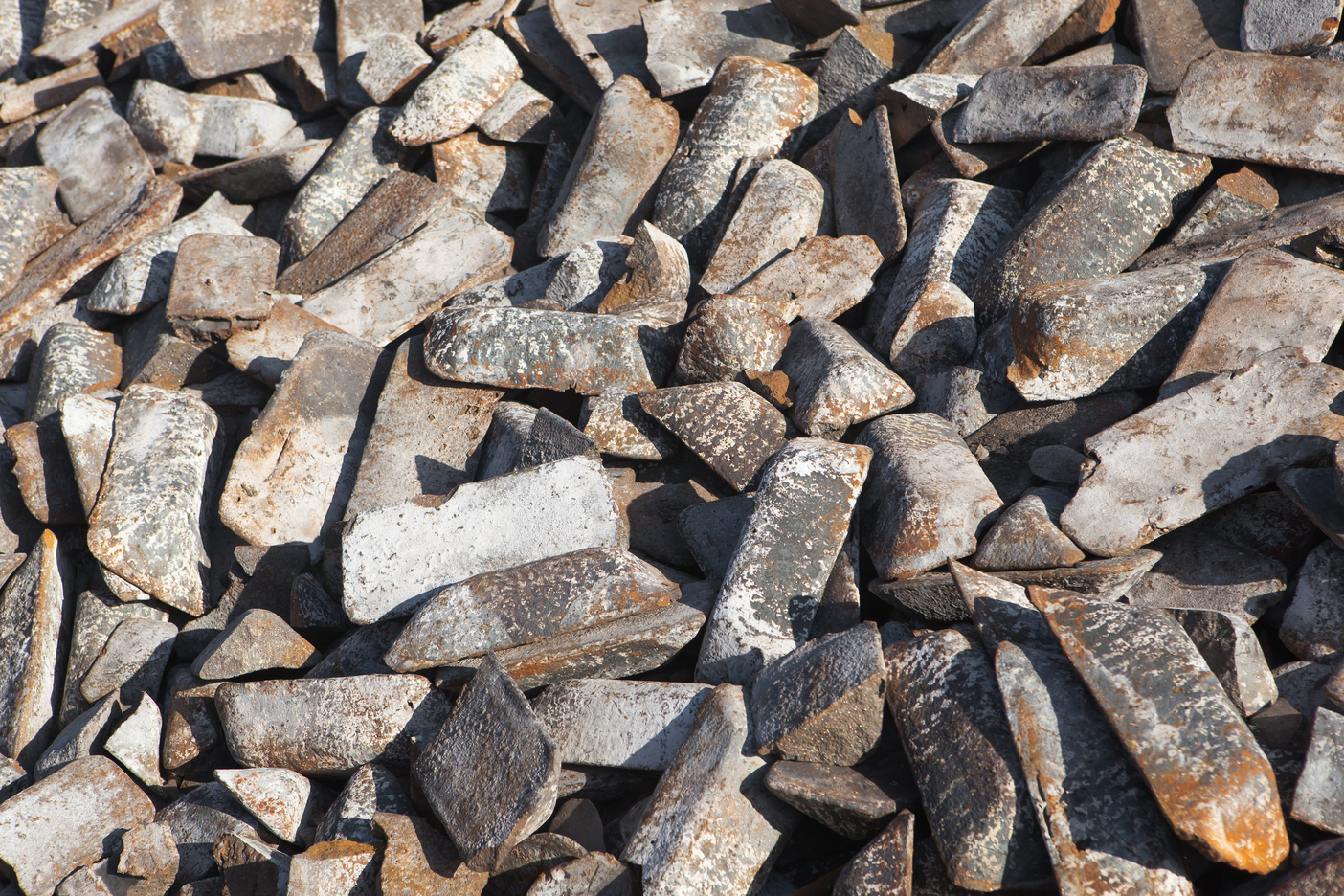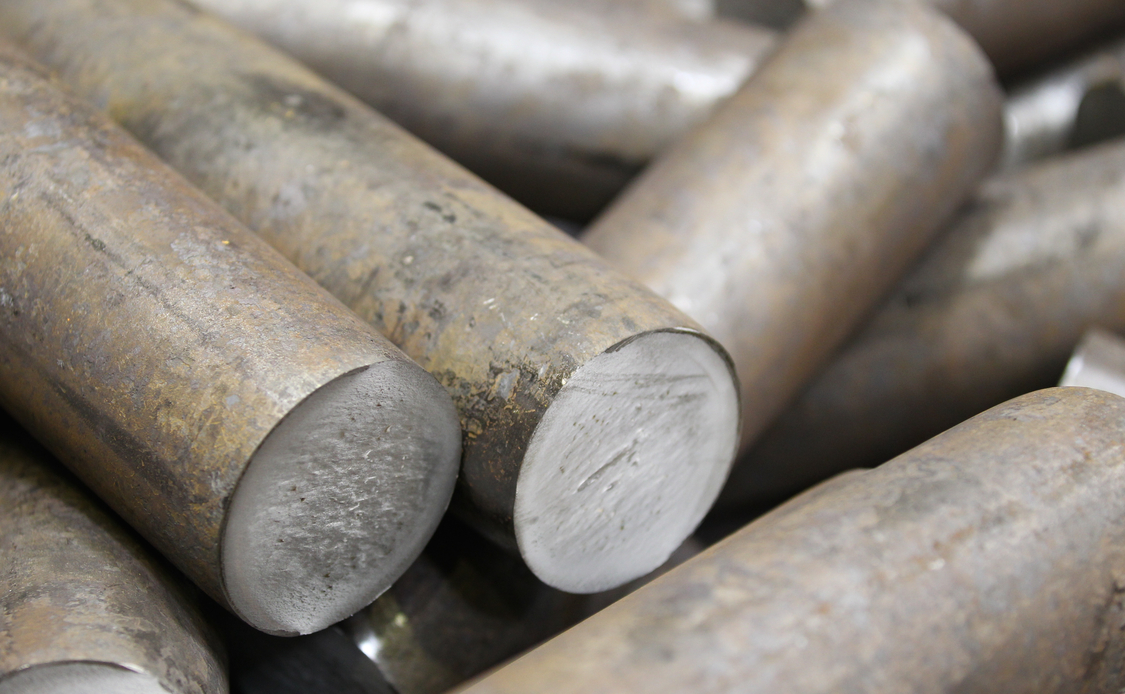Cast Iron Materials in Industrial Applications and Machining Technologies



Cast Iron Materials in Industrial Applications and Processing Technology
In the modern industrial manufacturing sector, cast iron materials have become essential materials in mechanical manufacturing, automotive industry, and infrastructure construction due to their physical properties and processing advantages. With the development of Industry 4.0 and precision manufacturing technology, quality requirements and machining precision standards for cast iron materials continue to rise. WKPT has been deeply engaged in the metal processing field for many years, accumulating extensive experience in cast iron material processing. From material selection analysis and mechanical processing to rust preventing treatment, we provide comprehensive cast iron processing solutions.
Cast iron is an iron-carbon alloy with carbon content exceeding 2% and silicon content ranging from approximately 1-3%. More precisely, the carbon content in cast iron typically ranges from 2.5% to 4.0%, and this carbon content difference serves as the important boundary line distinguishing cast iron from steel.
In cast iron, carbon exists primarily in two forms: graphite form provides the material with good lubrication and vibration damping capabilities; iron carbide compounds (such as cementite Fe₃C) significantly affect hardness and wear resistance. The distribution of these component forms is precisely the key reason why cast iron can play an important role in industrial manufacturing.
Cast iron is classified into different types based on the existing form of carbon elements and organizational structure differences. Each type has unique mechanical properties and application advantages. Understanding the properties differences of various cast iron types helps in selecting the most suitable materials for different engineering applications.
Gray Cast Iron: Gray cast iron gets its name from the gray appearance of its fracture surface due to flake-shaped graphite distributed in the iron matrix. The graphite flakes provide the material with excellent machinability, lubrication properties, and vibration damping performance. It has good fluidity when molten, making it suitable for manufacturing complex castings. Compared to white cast iron, it is softer, easier to machine, and less brittle, with compressive strength superior to tensile strength. It is widely used in automotive cylinder blocks, cylinder heads, pump housings, and industrial components, making it the oldest and most common form of cast iron.
White Cast Iron: In white cast iron, carbon exists only in carbide form without graphite, earning its name from the white appearance of its fracture surface. It requires rapid cooling to form and contains low silicon content and carbide-stabilizing elements. The material is extremely hard and wear-resistant, maintaining good strength at high temperatures, but is brittle and difficult to machine mechanically, requiring special tools. It is primarily used as raw material for malleable cast iron or for manufacturing wear-resistant castings that handle highly abrasive media. Its application range is limited due to high costs.
Ductile Cast Iron: Ductile cast iron is treated with magnesium or cerium addition, causing carbon to precipitate as spherical graphite. Compared to gray cast iron, it has higher strength and toughness, with yield strength of 275-625 MPa, elongation of 2-18%, and excellent fatigue strength and corrosion resistance. It has good machinability but slightly lower than gray cast iron and can be directly cast without heat treatment. It is widely used in automotive steering knuckles, brake calipers, crankshafts, and other medium-stress components, serving as an economical alternative to cast steel.
One of the common questions about cast iron online is: Does cast iron rust? The answer is yes. Cast iron is an iron alloy that continuously faces corrosion problems in humid, warm atmospheric corrosion environments with high concentrations of sea salt and acidic pollutants, causing resource loss. Research shows that cast iron materials themselves undergo oxidation in high-temperature environments. For example, the oxidation rate of flake graphite cast iron is significantly higher than that of spheroidal graphite cast iron. This indicates that cast iron has oxidation tendencies in both normal and high-temperature environments.
To extend product life and improve material surface properties, surface treatment is an indispensable part of processing and manufacturing industries. Modern industry has developed diversified technical systems for cast iron rust preventing treatment:
Surface Cleaning and Pre-treatment: The key to successful rust preventing treatment lies in the cleaning treatment of the workpiece surface. Before any metal surface coating, the workpiece surface must undergo appropriate cleaning treatment to ensure excellent adhesion. Cleaning methods include mechanical methods (such as sandblasting or tumbling friction), chemical methods (such as acid, alkali, or organic cleaning), and electrolytic methods. Degreasing treatment typically uses alkaline degreasing, while corrosion is mostly treated through acid pickling procedures.
Conversion Treatment: Conversion treatment is commonly used to improve the corrosion resistance of metal materials and enhance the adhesion of subsequent coating layers. Phosphate treatment is one of the most important technologies, forming a film on the product surface through phosphate film agents. Rust preventing oil can also be applied during this process to form dual protection.
Electroplating Protection: Electroplating can improve the corrosion resistance, wear resistance, and solderability of metal substrates. The principle of electroplating involves placing the workpiece in an electrolytic solution, using pure metal as the anode and the workpiece as the cathode, passing direct current to cause metal ions to accumulate on the workpiece surface. Castings can be electroplated after cleaning.
Chrome Plating: A type of electroplating that makes the surface extremely hard, becoming a wear-resistant surface treatment.
Electroplated Nickel Followed by Hot-Dip Aluminum Coating: Can improve the high-temperature oxidation resistance of cast iron materials. However, graphite in the coating may cause coating failure after high-temperature oxidation. To solve the problem of graphite dispersed in aluminum coatings causing cracks and pores in high-temperature environments, the cast iron surface is first electroplated with nickel, then hot-dip aluminum coated. This nickel-aluminum coating can more effectively improve the high-temperature isothermal oxidation resistance of cast iron.
Hot-Dip Galvanizing: A rust prevention method that melts zinc in a container and maintains it at approximately 450°C high temperature, then immerses the workpiece in it. The process includes degreasing treatment, acid pickling, water washing, immersion in flux solution, and finally immersion in molten zinc liquid. Castings can be galvanized after cleaning, forming an excellent anti-corrosion protective layer.
Coating Protection: Coating utilizes paint applied to the workpiece surface to achieve aesthetic and protective purposes (such as extending product life, covering with corrosion-resistant materials). Common coating methods include spray coating, electrostatic coating, electrodeposition coating, and powder coating. Through coating technology, a sealed protective layer can be formed on the cast iron surface, effectively blocking corrosive factors from contacting the substrate.
Modern cast iron rust preventing technology emphasizes systematic protection. Based on the severity of the operating environment and the importance of the product, single or composite treatment methods can be adopted. For general environmental applications, basic coating or plating treatment can provide effective protection; for harsh conditions such as marine environments or high-temperature applications, multiple protection technologies are recommended, such as first performing conversion treatment to improve adhesion, then applying high-performance plating or special coating to ensure long-term stability and service life of cast iron products.
Cast iron has common applications in multiple industrial sectors, including automotive and transportation, infrastructure, mechanical equipment, household products, etc., mainly benefiting from cast iron material's strength, wear resistance, shock absorption capability, and ease of casting and forming properties.
Cast Iron Applications in the Transportation Industry: In the automotive industry, cast iron plays an irreplaceable role. Engine cylinder blocks are the most representative application. Cylinder blocks are typically manufactured from cast iron due to their high strength and wear resistance properties, able to withstand the wear caused by piston reciprocating motion. Japan has even developed hollow cylinder block castings, further optimizing the balance between weight and performance. Other important automotive parts include crankshafts and brake drums, which need to withstand high temperature, high pressure, and frequent mechanical stress.
Due to cast iron's excellent vibration damping capability, components subject to significant vibration such as flywheels also extensively use cast iron manufacturing. In the marine industry, most marine mechanical parts, such as propellers and cylinder components, are also commonly manufactured with castings, fully utilizing cast iron's durability in harsh marine environments.
Cast Iron Applications in Mechanical Equipment: Tool machine frames and beds are an important part of high-quality machine tool casting development. Cast iron is particularly suitable for manufacturing components subject to significant vibration like lathe beds due to its excellent shock absorption capability, high thermal conductivity, and easy machinability. These properties ensure machining accuracy stability, making it indispensable for precision manufacturing industries.
From pulleys to various general mechanical hardware parts, castings are ubiquitous in industrial manufacturing, demonstrating the wide application range of casting technology.
The key to successful cast iron material application lies in understanding material properties and professional processing technology. WKPT has been deeply engaged in the metal processing field for decades, accumulating rich experience in cast iron material handling. We are not only familiar with the processing properties of various cast iron materials but also possess complete technical capabilities from material selection and precision processing to surface protection. Whether you need transportation tool parts or industrial equipment parts, we can provide the most suitable solutions.
Our advantage lies in integrated services. From preliminary material consultation and process planning to subsequent surface treatment and quality control, WKPT provides one-stop cast iron processing services. We deeply understand the special requirements of each application scenario and can provide the most appropriate material selection and manufacturing processes for different operating environments---whether industrial environments or harsh marine and high-temperature conditions. Choosing WKPT, you get not just processing services, but a professional technical partner.
Further Reading: High-strength cast iron parts
References
"Grey Cast Iron." ScienceDirect Topics.
"White Cast Iron." ScienceDirect Topics.
"Nodular Cast Iron." ScienceDirect Topics.
林盟斌,片狀石墨與球狀石墨鑄鐵塗覆鋁/鎳鋁塗層後之高溫氧化與顯微結構。國立臺灣科技大學機械工程系碩士論文,2012年
經濟部工業局,107年度表面處理業製造業原物料耗用通常水準。2018年
劉文海,引擎的重要零件及構造。科學發展,572期,54-61頁,2020年8月
劉文海,日本鑄造技術之進展(上)。ITIS智網產業評析,金屬中心,2009年10月2日
張瑞恆、黃智群、丘君、雷添發,鑄造灰口鑄鐵工具機鑄件智慧化熔解製程之建立。鑄造技術季刊,第110期,2021年
